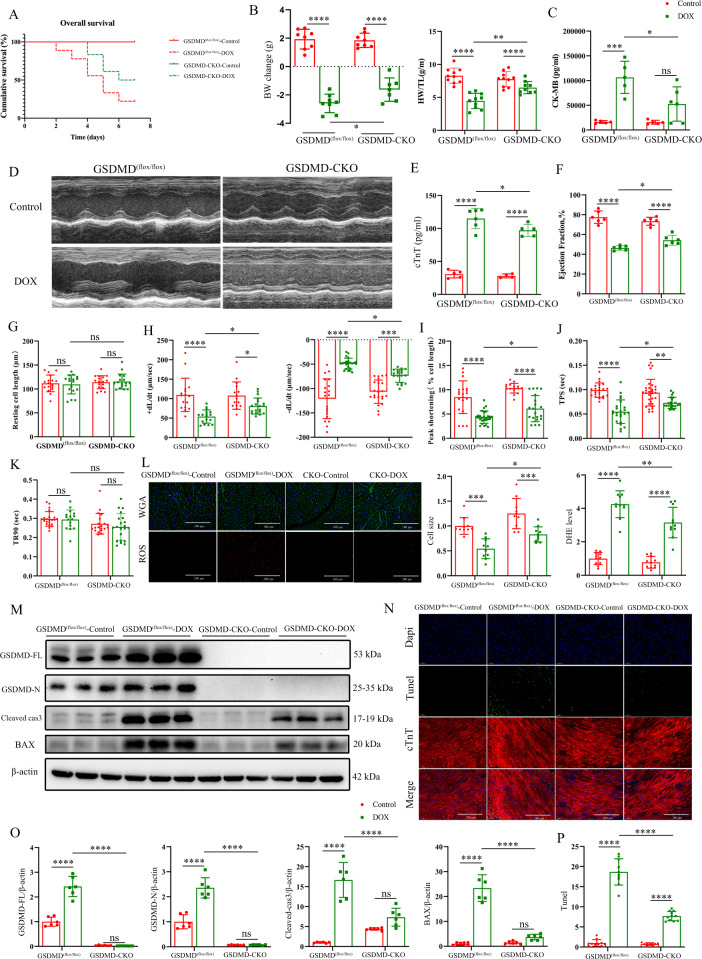Fig. 2. Cardiomyocyte-specific GSDMD deficiency alleviates acute and chronic DIC.
A Cumulative survival rates of GSDMD(flox/flox) mice and GSDMD-CKO mice treated with saline or DOX. N ≥ 10. B Body weight change (g) and ratio of heart weight to tibial length (HW/TL) in GSDMD(flox/flox) and GSDMD-CKO mice with or without DOX treatment. N = 7–10 per group. C Changes of serum cardiac biomarkers (CK-MB) after DOX intervention. N = 5–6 per group. D Representative echocardiographic images in different groups. N = 6 per group. E Changes of serum cardiac biomarkers (cTnT) after DOX intervention. N = 4–6 per group. F Ejection fraction (EF) measured by echocardiography. N = 6 per group. G–K Effect of DOX on hemodynamic measurements. L Cardiomyocyte size and ROS level in the indicated groups (scale bar: 100 μm for WGA and 200 μm for ROS). N = 10 for WGA groups and n = 11 for ROS groups. M, O Representative western blots and analysis of GSDMD (FL and N teminals), cleaved-caspase 3 (Cleaved cas3), BAX, and β-actin proteins levels in GSDMD(flox/flox) and GSDMD-CKO hearts. N = 6 per group. N, P TUNEL and cTnT staining and analysis in DOX-treated hearts of GSDMD(flox/flox) and GSDMD-CKO mice (scale bar: 200 μm). N = 9–11 per group. Data are depicted as the mean ± SEM. Statistical significance was determined by one-way and two-way ANOVA with a post hoc Holm–Sidak test, ns, not significant; *P < 0.05; **P < 0.01; ***P < 0.001; ****P < 0.0001.

